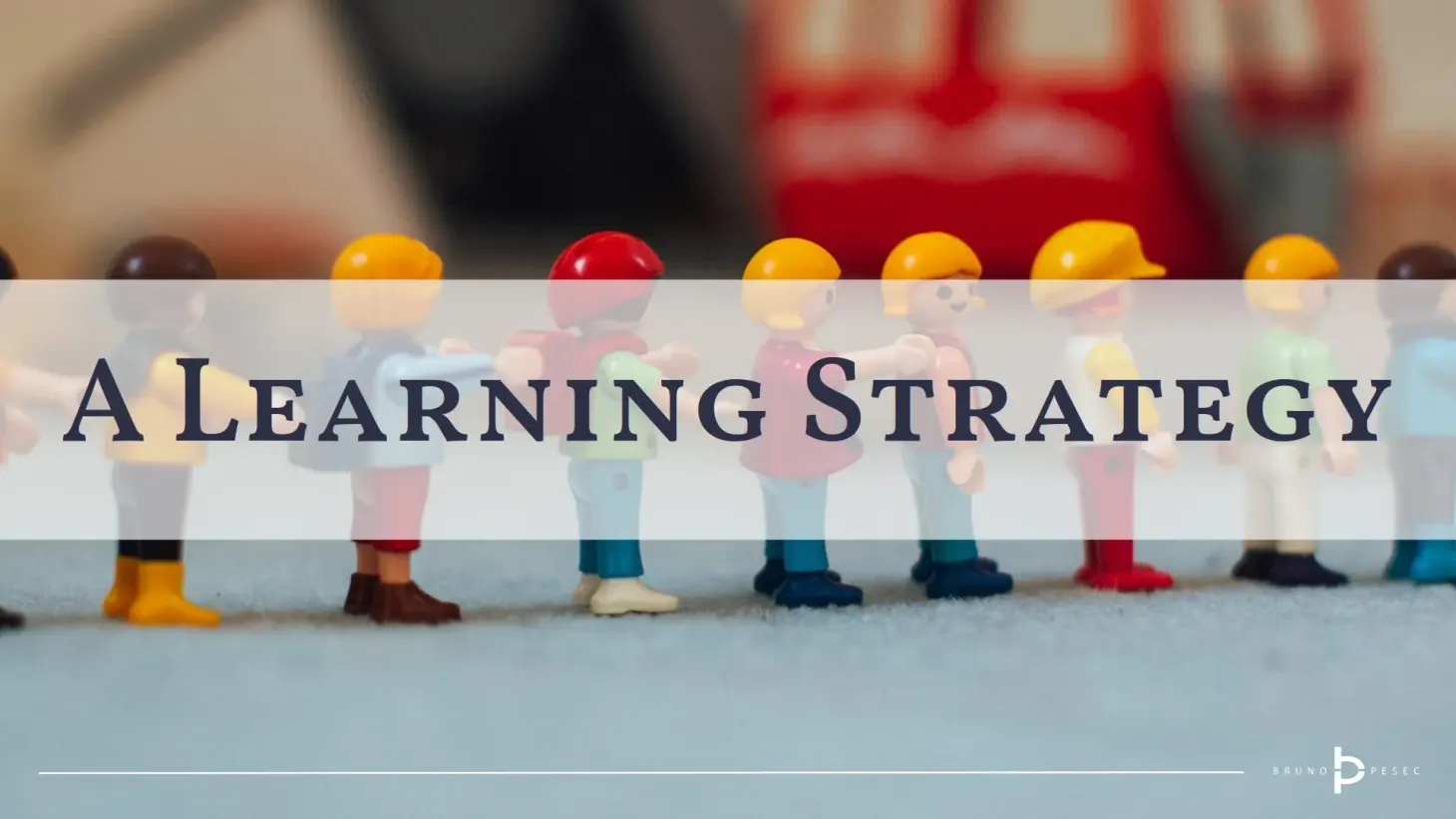Granular view of the biggest innovation risk
A practical model to help you avoid wasting money on innovation.
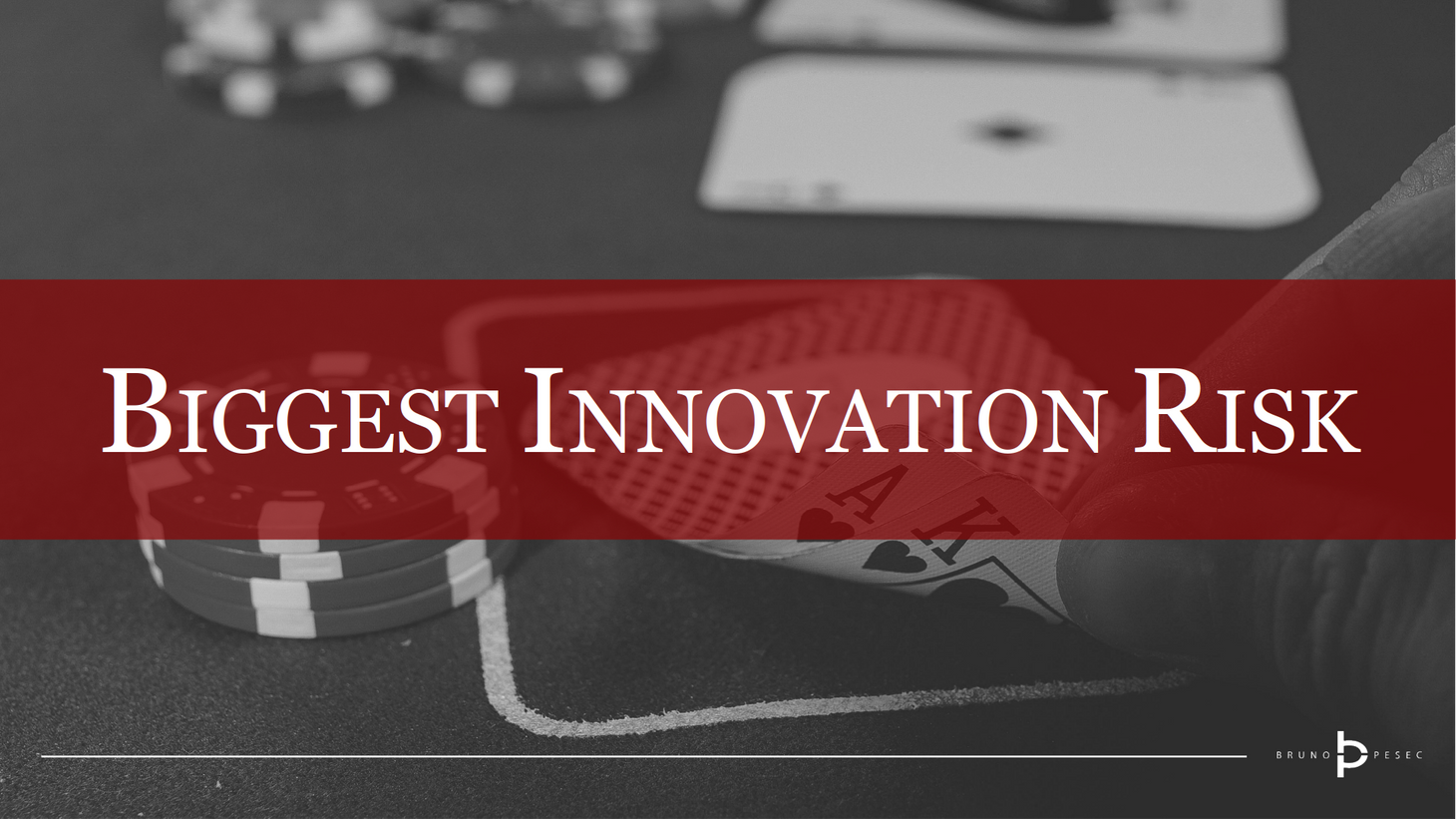
You've heard it—"don't build something nobody wants."
I doubt that anybody wakes up thinking that's exactly what they'll focus on that day. Rather, they lack useful models to guide their decision and behaviours. That's why I will share with you an update to one of the well-known models, that'll help you take necessary step to prevent wasting money on innovation.
Are you familiar with the conventional product life cycle model? Although it is seven decades old, it is still relevant today—with minor modifications. Original model has two dimensions: time in years on the horizontal axis, and sales volume on the vertical axis.
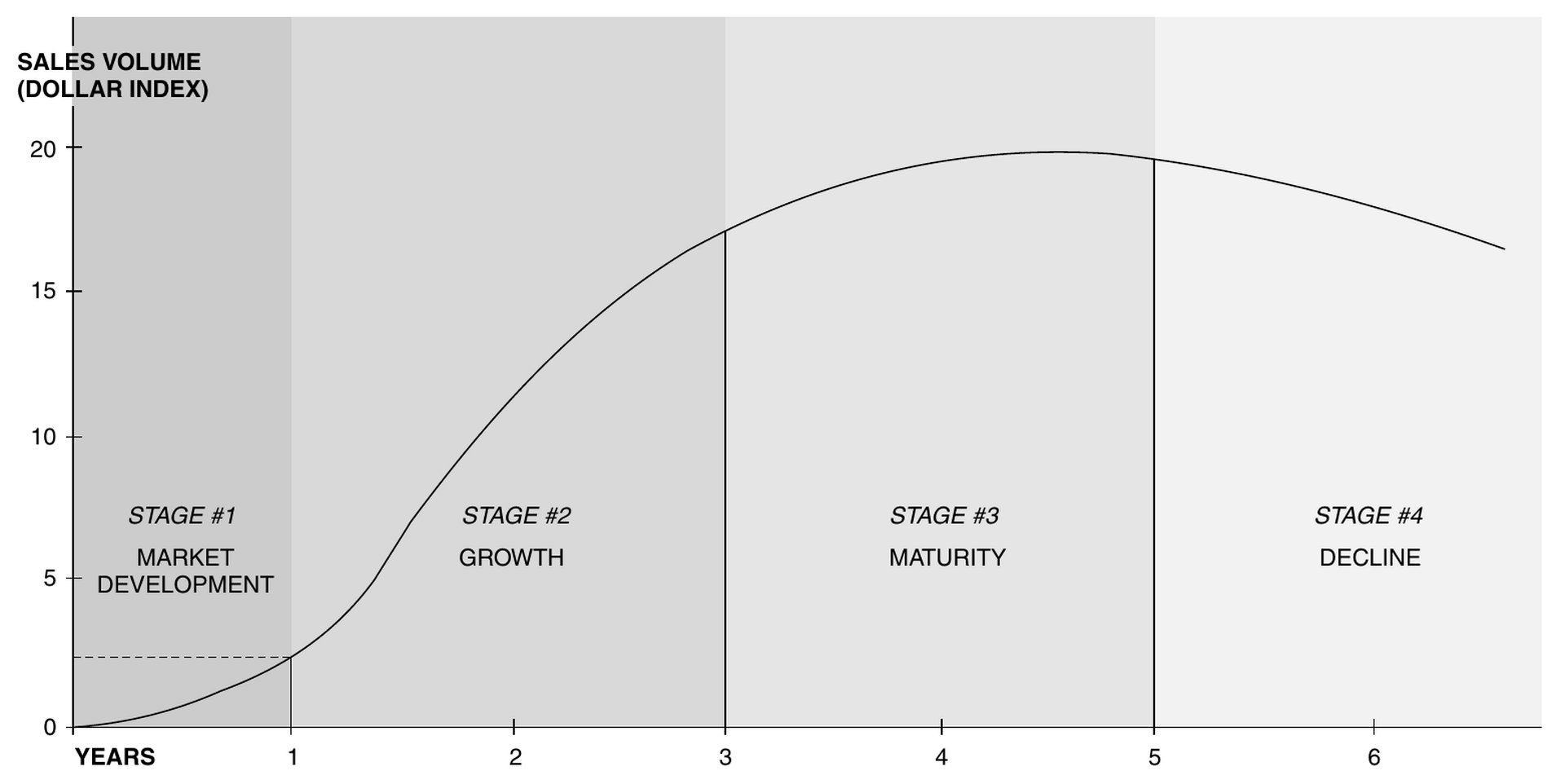
The main idea is that all products go through fours stages, which Theodore Levitt explained as:
- Market Development. This is when a new product is first brought to market, before there is a proved demand for it, and often before it has been fully proved out technically in all respects. Sales are low and creep along slowly.
- Market Growth. Demand begins to accelerate and the size of the total market expands rapidly. It might also be called the “Takeoff Stage.”
- Market Maturity. Demand levels off and grows, for the most part, only at the replacement and new family-formation rate.
- Market Decline. The product begins to lose consumer appeal and sales drift downward, such as when buggy whips lost out with the advent of automobiles and when silk lost out to nylon.
He also observed how most products fail in the first stage, after all the investments have been made. Good news is that we have learned how to minimise that risk by reducing our investments and focusing on critical questions at the right time.
With that knowledge, we can divide the marketing development stage into:
- Market exploration. Is there a demand for the idea we have? If not, what is the evidence there might be demand?
- Market validation. Can we meet the demand and get customer to act? Can we reach the numbers that would make sense to us? How should the bare-bones product or service look like?
- Market audition. Can we take to the market the smallest imaginable solution that gets customer to act? Can we pass the product-market fit test?*
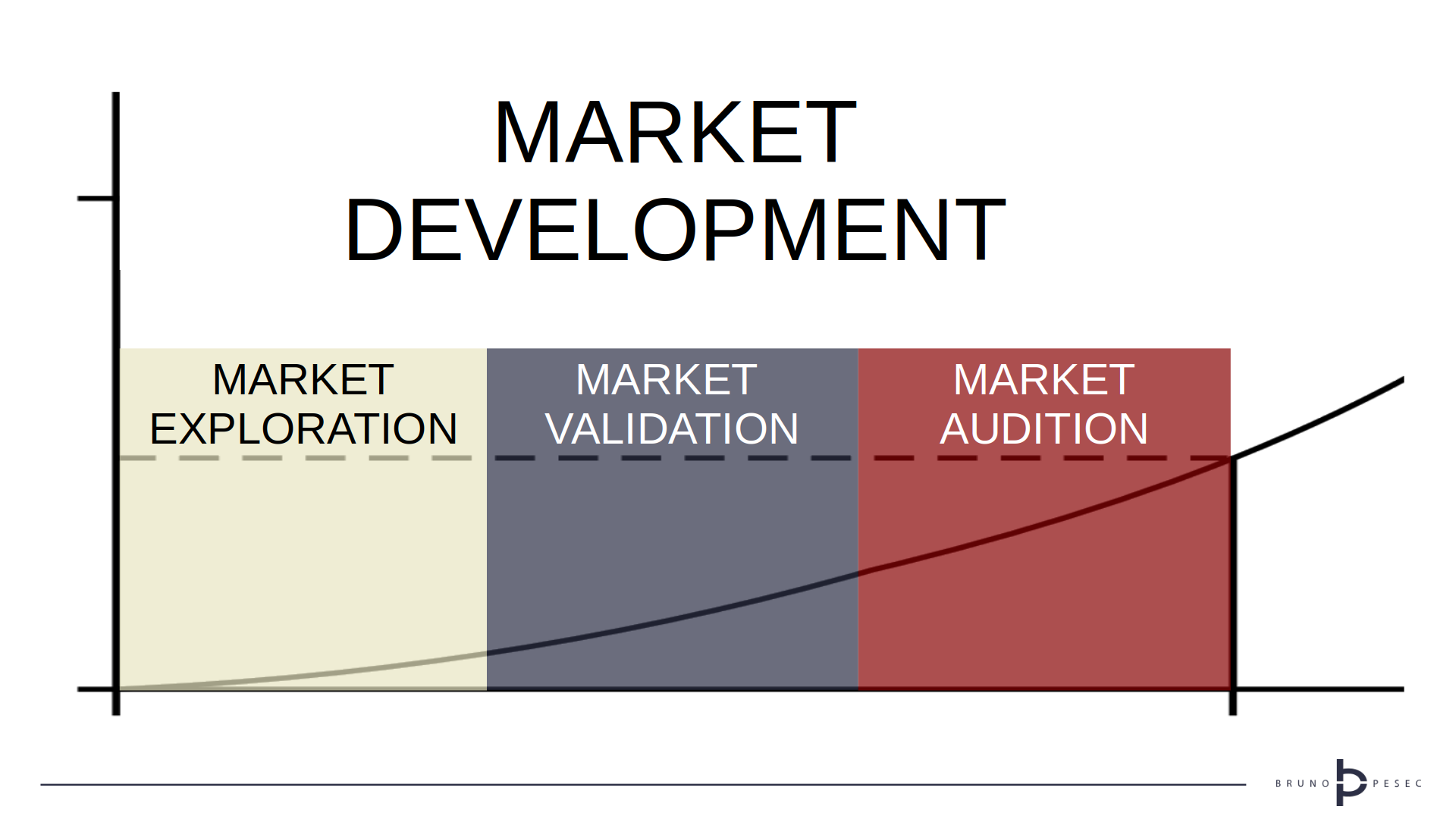
The length of each stage and the curve are not linear, and depend on the industry you are in. In principle, the closer you are to the customer, and the smaller their buying decision is, the shorter the stages should be.
By taking granular focus on the market development we are effectively building a safety net that is supposed to catch ideas that aren’t as promising as we thought they might be, before burning seven figures or more. What's the point of spending a fortune before you've tested the demand?
If you'd like to learn more about these stages—as well as multiple ways to to think and act on innovation—join the workshop I'm organising on November 26th:
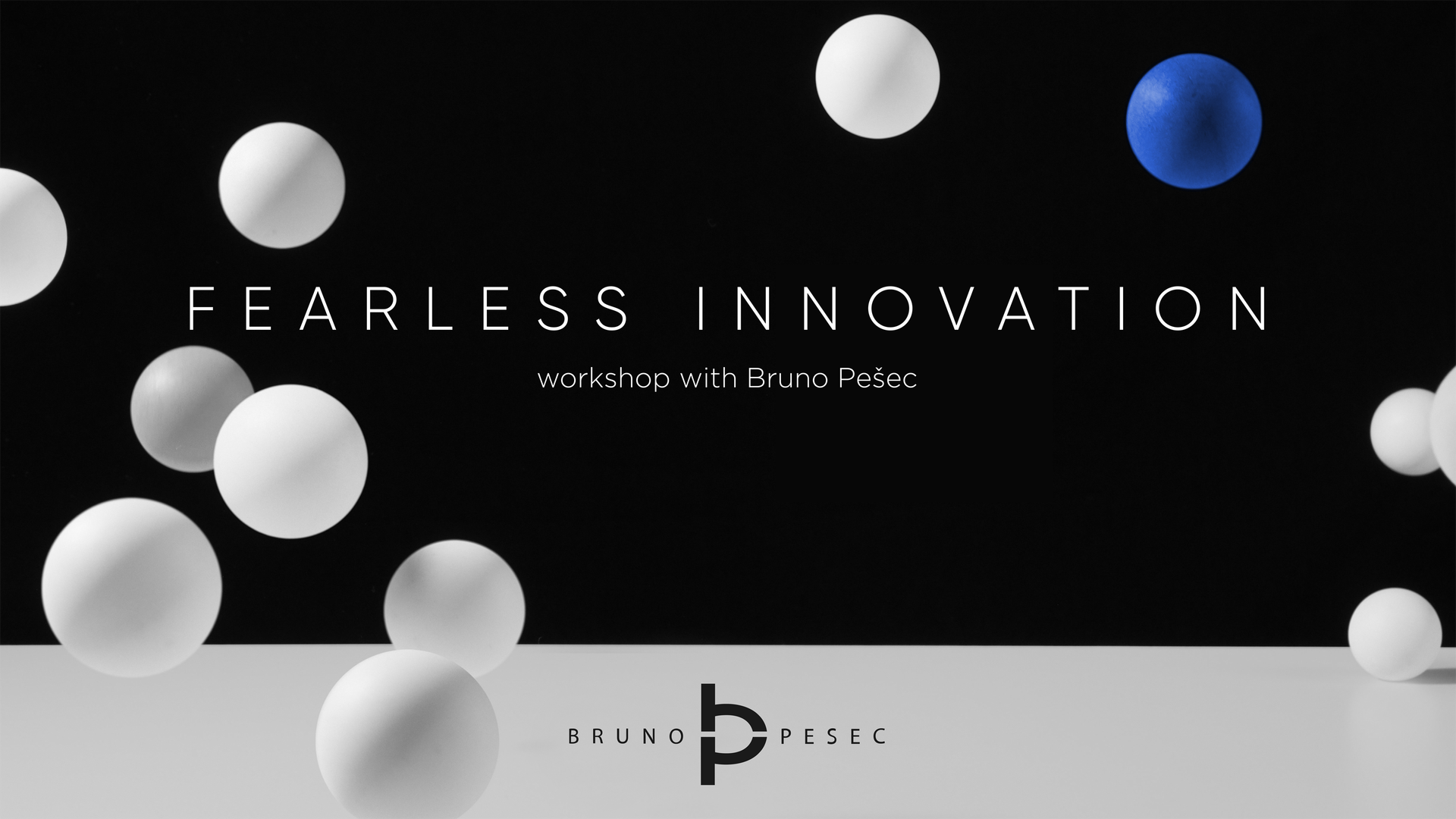
*The product market fit test has been invented by Sean Ellis, and it asks a simple question. “How would you feel if you could no longer use the product?” If 40%—or more—answer they’d be very disappointed for your product to disappear, then that is a good sign.
Bruno Unfiltered
Subscribe to get the latest posts delivered right to your inbox. No spam. Only Bruno.




